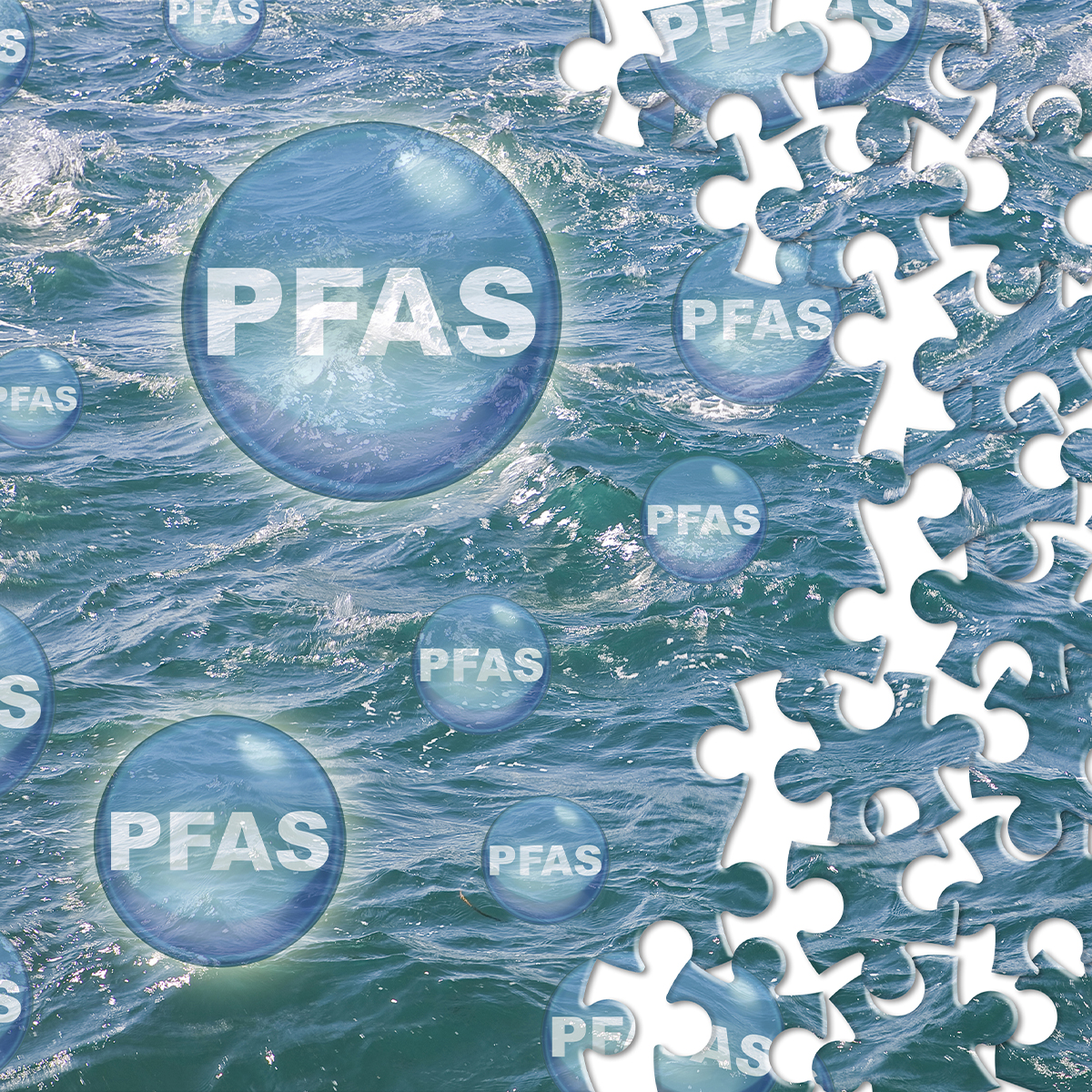-
Property & Casualty
Property & Casualty Overview

Property & Casualty
We offer a full range of reinsurance products and the expertise of our talented reinsurance team.
Trending Topics
Publication
That’s a Robotaxi in Your Rear-View Mirror – What Does This Mean for Insurers?
Publication
Cat Bonds – A Threat to Traditional Reinsurance?
Publication
Decision-Making in the Age of Generative Artificial Intelligence
Publication
Buildings Made of Wood – A Challenge For Insurers?
Publication
The CrowdStrike Incident – A Wake-Up Call for Insurers?
Publication
PFAS Awareness and Concern Continues to Grow. Will the Litigation it Generates Do Likewise? -
Life & Health
Life & Health Overview

Life & Health
We offer a full range of reinsurance products and the expertise of our talented reinsurance team.
Training & Education
Publication
How Is AI Being Used to Enhance Traditional Life Underwriting?
Publication
Understanding Physician Contracts When Underwriting Disability Insurance
Publication
Decision-Making in the Age of Generative Artificial Intelligence
Publication
Favorite Findings – Behavioral Economics and Insurance
Publication
Finding the Balance – Assessing Weight Changes in Underwriting Moving The Dial On Mental Health
Moving The Dial On Mental Health -
Knowledge Center
Knowledge Center Overview

Knowledge Center
Our global experts share their insights on insurance industry topics.
Trending Topics -
About Us
About Us OverviewCorporate Information

Meet Gen Re
Gen Re delivers reinsurance solutions to the Life & Health and Property & Casualty insurance industries.
- Careers Careers
From AU to Next Gen – Understanding the Latest Underwriting Trends

July 17, 2025
Beth Brown,
Frank Chechel,
Parag Shah,
Blaise Zander
Region: North America
English
Last fall, Gen Re completed our fourth annual Individual Life Accelerated Underwriting Survey. Over the years, the survey has underscored a continued expansion in program adoption, eligibility, automation, and data utilization – reflecting the industry’s commitment to innovation and efficiency in underwriting practices. As we collect data for the latest survey this summer, we wanted to take a moment to review key historical trends and share exciting improvements we have planned for this year’s survey.
The trend percentages reported below express an aggregated average from the 2024 survey respondents. Individual carriers’ actual percentages may differ based on their internal program performance.
AU Program Adoption
The survey reveals that Accelerated Underwriting (AU) has become a foundational part of life insurance operations:
- 82% of carriers reported having a fully or partially implemented AU workflow.
- Only three carriers indicated they neither have nor planned to implement an AU program.
- An additional 10% anticipated launching AU workflows within the next one to two years.
This widespread adoption highlights AU’s transition from an emerging trend to an industry standard.
Eligibility
Eligibility for AU Programs (defined as the total percentage of Individual Life applications eligible for AU) continues to increase year over year. In 2021 the average eligibility rate was 40%, in 2024 the average eligibility rate has increased to 57%.
Companies offering AU Programs largely include Term products (94%) in their eligibility criteria, while fewer offer AU options for Whole Life (56%) and Universal Life (63%).
Automation
Despite advancements in artificial intelligence, the majority of AU eligible cases (83%) still involve human underwriter review. Only 17% of AU applications are processed entirely through automated workflows.
The role of automation is expected to grow, particularly as AI technologies mature and gain broader acceptance within underwriting frameworks.
Anticipated Program Enhancements
One-third of companies’ report making material changes to their AU program over the past 12 months. The top 4 anticipated changes to AU workflow in the next two years, according to 2024 survey respondents:
- Changes to Data Sources (72%)
- Changes to Post-Issue Auditing / Underwriting (56%)
- Changes to Face Amount Limits (53%)
- Changes to Algorithm (50%)
Metrics
The most used metrics to track AU Program Success are AU Throughput, Days to Issue, and Mortality Slippage.
- 94% of companies use AU Throughput as a success metric.
- Average Days to Issue for AU workflows are 5 days, while the average reported full underwriting decision time is 23 days.
- 63% of carriers report using Random Holdouts (RHO) to monitor the performance of their AU Program.
- Other common means to monitor AU Programs include Post-Issue APS (47%) and Post-Issue EHR (41%). Over half (56%) of all companies in the survey estimate their AU program’s mortality slippage though RHO.
Mortality Slippage Insights
In 2024, Gen Re started collecting seriatim level AU data, allowing for deeper analysis into mortality slippage compared to prior surveys.
Mortality slippage analysis revealed that slippage has been trending upward in recent years. With this growth, an increasing number of companies have stated that managing mortality slippage has become a goal in their current AU workflows.
In this analysis, a material difference was found when segmenting the data by gender. Males, on average, exhibited 80% higher mortality slippage than females.
Additionally, the data was broken into sources of slippage to allow participants to view underlying drivers of slippage. Within our detailed report, participating companies were able to benchmark their sources of slippage relative to peers to better understand the drivers for their specific program.
Overall, mortality slippage still varies widely from carrier to carrier and is influenced by the structure of each individual program. Seriatim participants were able to anonymously benchmark their program’s performance directly against peers, offering valuable context and insights into the varying performance of accelerated underwriting programs. We had 11 carriers provide data in 2024 and will look to expand the impact of this analysis through broader participation and focusing on client specific questions around Accelerated Underwriting in 2025.
Looking Forward
Carriers are moving away from the binary of accelerated underwriting / full underwriting and developing underwriting workflows that are much more personalized to each individual risk. To keep pace with this evolution, Gen Re has redesigned and rebranded our survey questionnaire to better reflect this paradigm shift: the “Next Gen Underwriting Survey” will cover the full spectrum of underwriting, providing a more robust assessment of industry trends and best practices. As always, participants will receive a full comprehensive report with anonymized results for individual companies.
Additionally, those who choose to participate in the Seriatim Data request will receive results of additional AU data analysis. This will include slippage insights at a greater granularity, and benchmarking against industry averages and peer carriers.
We are currently collecting data for the 2025 survey, so if you would like to participate and haven’t heard from us, please be sure to reach out!








